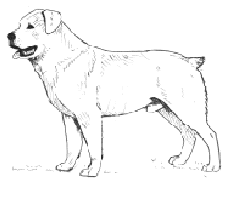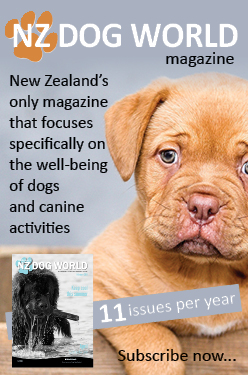Central Asian Shepherd Dog
General Information - Central Asian Shepherd Dog

Group:
Utility
Size:
large
Lifespan:
8-10 years
Exercise:
low
Grooming:
very low
Trainability:
very low
Watchdog ability:
very high
Protection ability:
very high
Area of Origin:
Russia
Date of Origin:
ancient times
Other Names:
Central Asian Ovcharka,
Alabai
Original Function:
herding, guarding







